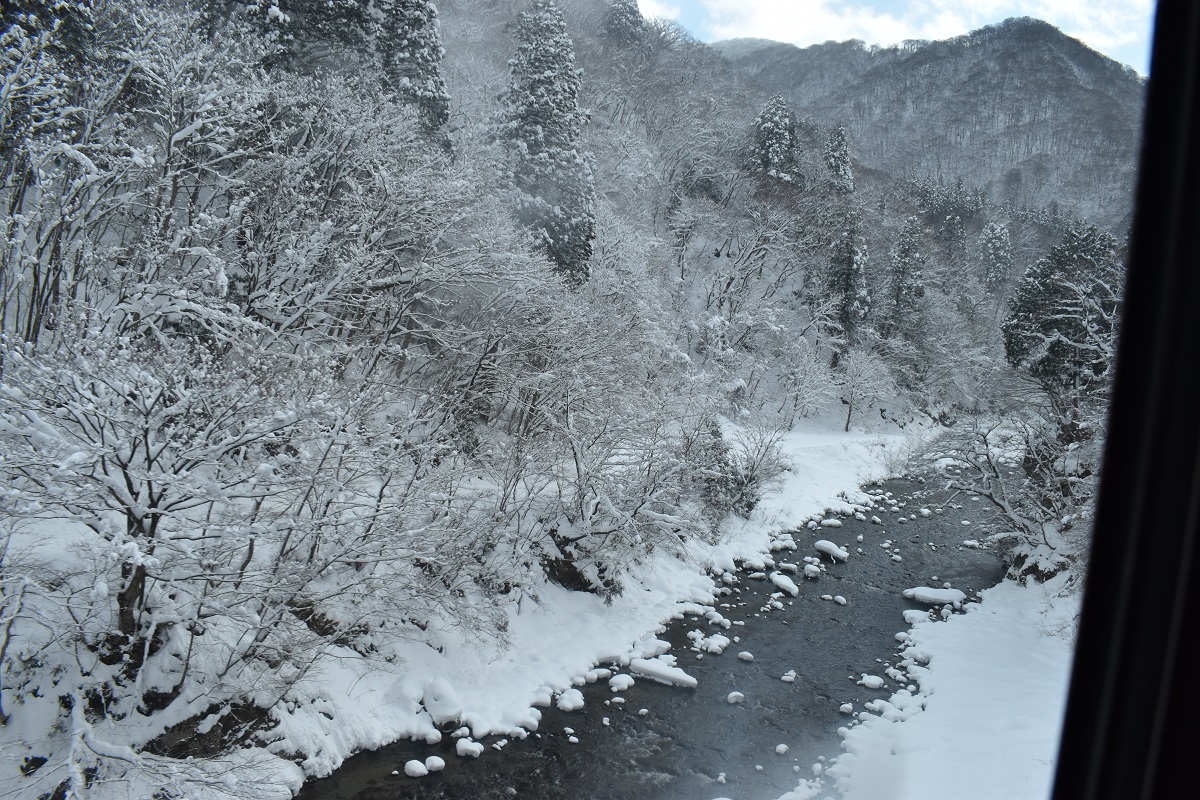Akita is a rice-produching region. Kanto lanterns shining in the night sky represent a bountiful harvest of rice in coming Autumn and praying for an end of epidemics like that Gion Festival in Kyoto prays. It is interesting that many festivals both in Japan and abroad, now and in the past, are held to pray for the warding off of epidemics.
The kanto hand over the pillars to the next person while adding a piece of pillars, showing an exquisitely balanced pose each time. The completed kanto reaches 12 meters high and weighs 50 kilograms, and the pillars are largely bent. “The boughs that bear most hang lowest.” This really embodies the proverb.

If you want to see Kanto at night, you should reserve a seat in the front row of the median on the main street. It is so powerful that the lanterns collapsing in front of you.
Discover a genius boy mixed with adults! As soon as he strikes an exquisitely balanced pose, he pulls out various projectiles such as fans from his chest and enjoys everyone around him.
During the daytime, the festival holds competition to compete in techniques to support the Kanto in various positions(one hand, forehead, sholder, waist !). Even at night, you should look down, not up.
Let me briefly explain the rules. use only one hand. Do not go beyond the 6m diameter circle. Change technique according to the signal (every 30 seconds). If playing an instrument, change the tune. In my opinion, good athletes keep their balance by slightly shifting their heels. If you can’t afford to stay overnight in Akita, I recommend you watching the daytime competition.

Detour
Make sure you have something to eat in advance for a long enjoying. There is a market near the station where you can eat rock oysters from the Oga Peninsula. You can also choose Akita’s famous sake from the list pasted on all over the wall. The fact that “junsai” can be eaten with sake is proof that the water is delicious. “Inaniwa udon” (Japanese noodles), which is eaten in the middle of summer, cools down to the core and releases the summer heat.


































































